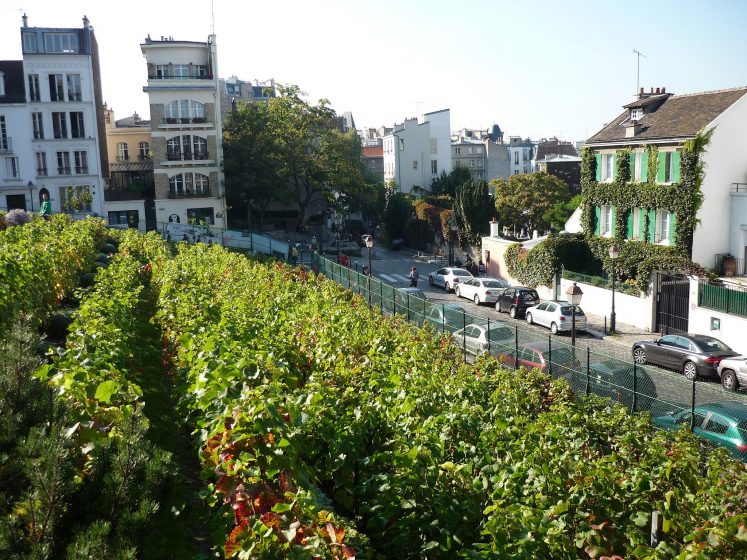Not known Facts About City Blooming
Table of ContentsThe 3-Minute Rule for City BloomingUnknown Facts About City BloomingSome Ideas on City Blooming You Need To KnowThe 6-Second Trick For City BloomingAll About City Blooming

As you walk the streets of the Bronx, Southside Chicago or East Oakland, you might see have actually even seen large plots of ripening fruits and vegetables being harvested. What exactly are urban ranches and neighborhood gardens? Urban farming, urban farming, or urban gardening is the method of cultivating, handling and distributing food in or around metropolitan locations.
Usually, metropolitan farming as a technique is a bigger financial investment than gardening. There are plenty of extra hours invested right into the minutiae of farming, from the plant plan to the often tending of your beds. This time around dedication tackles an entire new significance once you recognize the objective that is being functioned towards and devoted, particularly that of getting an abundant yield of crops to be consumed.
A neighborhood yard is a single parcel gardened jointly by a group of people. Area gardens make use of either private or shared plots on exclusive or public land while producing fruit, veggies, and/or plants grown for their attractive appearance. The fundamental model right here is that a huge group of people each add a fairly small amount of time to working their own plot, and receive the fruits of their labor therefore.
Getting My City Blooming To Work

There are neighborhood gardens, most of whom Little Axe Peppers has partnered with, that offer support to refugees, low-income family members, children groups, and neighborhood companies by helping them create and grow their very own yards. The differences in between community garden and city farm are nuanced, though in the end the same standard task takes placefood crop farming but within various organizational structures.
Urban farms are typically more service and technology oriented, with the main purpose of maximizing yields and marketing produce. Industrial metropolitan farms are frequently focused on increasing production on usually small land area with developments in modern technologies such as tank farming, hydroponics, and greenhouses and might partner with an industrial cooking area to create locally-produced value-added products such as jams and sauces.
The Buzz on City Blooming
The produce is generally expanded on a much smaller sized scale and is taken home to consume at home or to share. By offering much required environment-friendly spaces in destitute, concrete metropolitan locations, they permit the benefits of yard gardening to those doing not have backyards, and act as exceptional examples of self-organization and area advocacy.
Some neighborhood yards, often in city locations, relocate right into growing for business usage while from this source some metropolitan farms open up their land for more socially mindful advantages. No matter of how you define and distinguish the two, they are both favorable pressures for great in cities around America and the world.
As all of Small Axe Peppers' hot sauces are sourced with peppers from area yards, your acquisitions directly aid fund these neighborhood tasks (https://triberr.com/cityblooming). Take component in the transformation by.
A friend of mine lately commented in a conversation about gardening that "It's fascinating, I've always assumed that farming as a technique is rather like horticulture. There are similar elements to both do not you believe?" To the nonprofessional that comment from my pal would certainly have gone without much idea, it seems sensible so why not take it? However as I spent an increasing number of time in my Urban Agriculture class I have actually involved realize that to state that horticulture is a tiny expansion of agriculture would certainly be a little stretch.
City Blooming Fundamentals Explained
They both rotate around the care of plants for some objective that can be nourishment, profit or simply the enjoyment of the craft. They both need a financial investment on top of a time financial investment, something that a great deal of individuals in our fast paced life do not have a whole lot of.
We can see that the resemblances are abundant, yet are the distinctions enough to develop a distinction? As a student at NYU I have the opportunity to work with the leave It Better Foundation, a team that shows standard nourishment and gardening to secondary school students. https://slides.com/cityblooming. This experience gave me an extensive foray into the globe of amateur gardening beyond what many people have actually touched with
Farming as a practice is a bigger financial investment than gardening. There are plenty of a lot more hours invested into the minutiae of farming, from the plant plan to the having a tendency of your beds.
The average garden enthusiast tackles his responsibilities as a chore as opposed to a necessity and thus differentiates his or herself from the farmer. However with this distinction in hand, they are both soothing and peaceful workouts that anyone can choose up, which on its own ought to be an advertisement for both.
Not known Details About City Blooming
Something failed - home and garden. Wait a moment and try once more Attempt once again